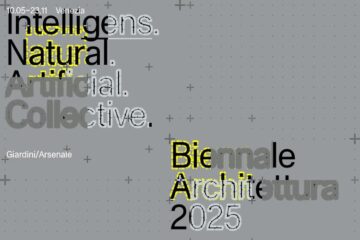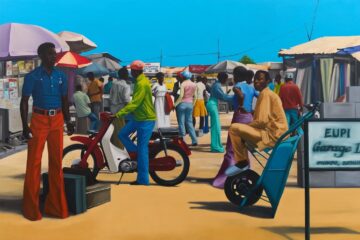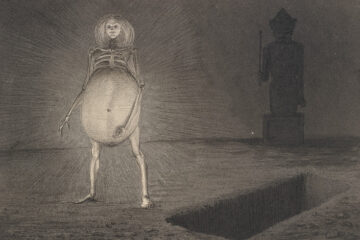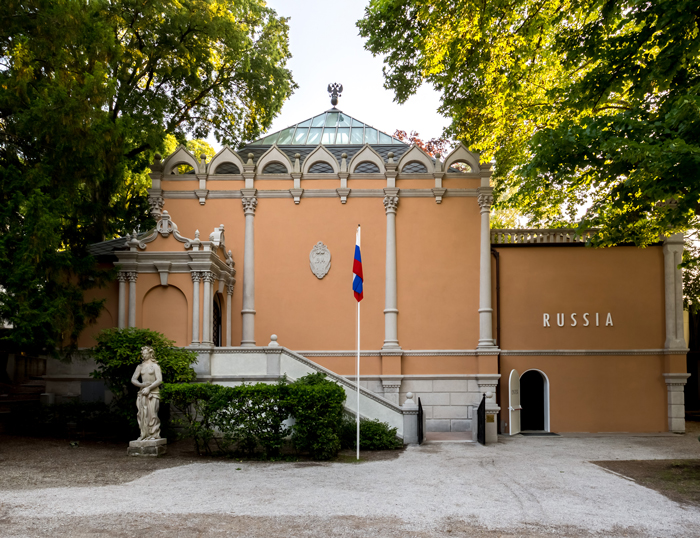
The main concept of the Russian Pavilion at the upcoming Venice Biennale of Architecture is the “railway“, and the exhibition, curated by Semyon Mikhailovsky is titled: Station Russia.
At first glance, it may seem strange. First of all because the “railway” is not generally considered (wrongly) an Architectural theme. It seems more like an infrastructural, engineering theme.
But what is the railway in reality?
It is certainly something useful, in an infrastructural meaning, which specifically allows to unite the different corners of the “largest country in the world“, Russia, indeed.
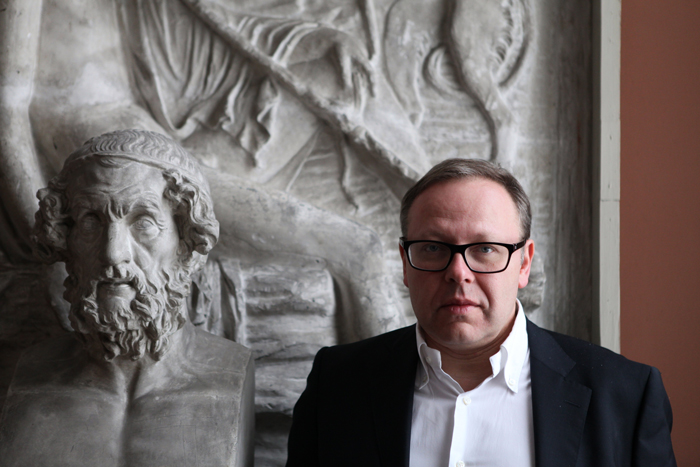
But its design is something related with the territory’s changes, and therefore with the urban planning and the territory planning. And, on a small scale, the railway is punctuated by “stations“, places of exchange, which for too long have been “anonymous places“. Apart from the formal and representative aspects, the stations are often places without a real architectural connotation. “Foreign” places, just to pass through.
Places that don’t allow users a true relationship with these architectures.
And FREESPACE, the main theme of the Biennale, just points on that.
From the Biennale’s Manifesto, written by the Biennale curators Yvonne Farrell and Shelley McNamara: «FREESPACE focuses on architecture’s ability to provide free and additional spatial gifts to those who use it and on its ability to address the unspoken wishes of strangers».
So, it is appropriate to rethink the concept of “railway“, intended exclusively as a means to achieve a goal.
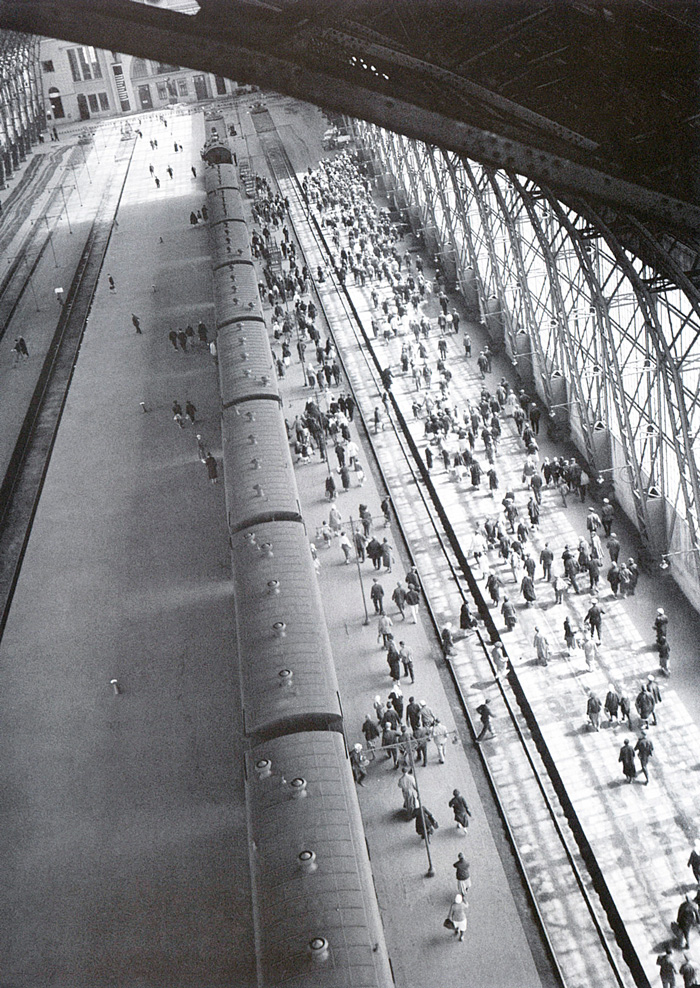
The “railway” and all its connotations, from long rail networks to stations, can be re-interpreted as an “aim“, like a true part of its users’ lives.
Not forgetting, indeed, remembering, the romantic, almost magical aura that the railway had since its invention: an instrument that allows you to cross immense and desolate spaces, like the endless Russian steppes, to see new places and new people. And above all an instrument of knowledge, of growth.
Thinking of Russia, it can be the real way to know and experience the enormous “free spaces” of which the country is composed.
The exhibition, composed by Architecture and Art, is spread over 5 halls, each with a different theme.
The Hall 1, titled “The Geography of FREE SPACE” talks about the railway. About how the railway is, for the great Euro-Asian country, the «circulatory system – its living, vital veins – and as its backbone, supplying crucial connectivity for the Russian populous».
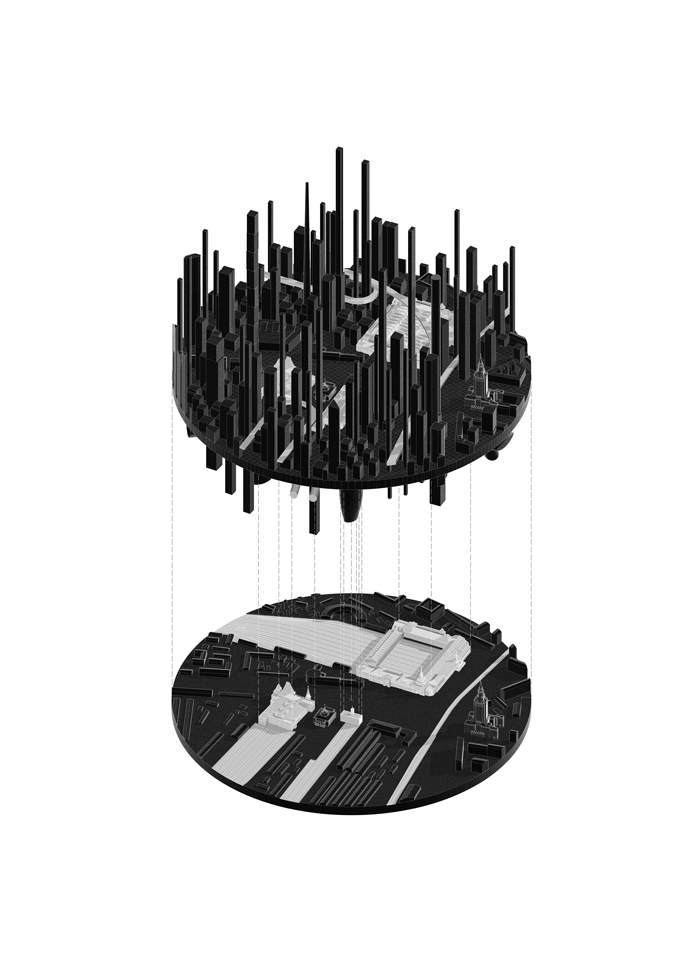
The Hall 2 speaks about the stations. Titled “The Architectural Depot“, this hall showcase the stations, among past and present. The new station of Sochi, realized by “Studio 44“, with Nikita Yavein as the main architect. The city on the Black Sea, renowed for hosting the 2014 Winter Olympics Games, deserved the renovation of its station, according to the new architectural standards, from the technological and social points of view.
But also the first “Russian Vauxhall” (referring to the London Vauxhall Gardens), in the suburb of Pavlovsk, that mixed a train station and the Pleasure Garden. The station, built in the early 19th century, beyond its “functional” use, was considered a summer retreat for St Petersburg’s elite.
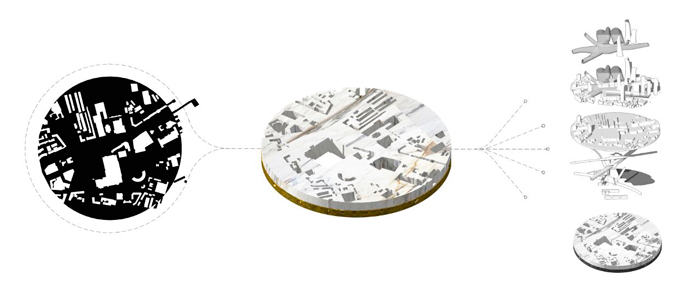
The stations are also important landmarks for the cities. And so they should be in contact with the city around them, and lead the area development.
The Hall 3, titled “The Waiting Hall of the Future“, is played on the concept of “waiting room” in order to find time to reflect and think. To think about the future, in fact, and about how to improve and develop urban areas around large stations. For this reason we are asked to reflect on the developments of one of the busiest railway terms squares in central Moscow.
Here, on the walls of the gallery, Graffiti artist Anatoly Akue imaginated and painted the development of the urban surroundings of this future space.
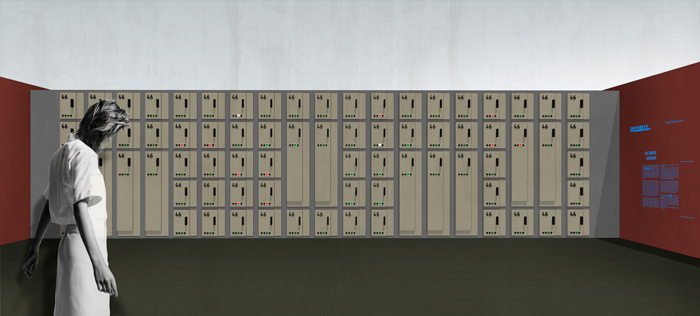
The Hall 4 reflects on the perpetual motion of the people in the stations. During the months and the years, thousands, millions of people pass through the stations. In this huge “public space”, which is the station, only one small private space is reserved for people: the cabinets of the luggage rooms.
In “The Crypt of Memories“, this is the title of the Hall 4, an installation re-create those cabinets, and the visitors are invited to interact with them, discovering the “relics“ contained. A suggestive interaction not only with the “place” (in an “architectural meaning”), but also with the people that visited those places, rebuilding their lives through their memorabilia.
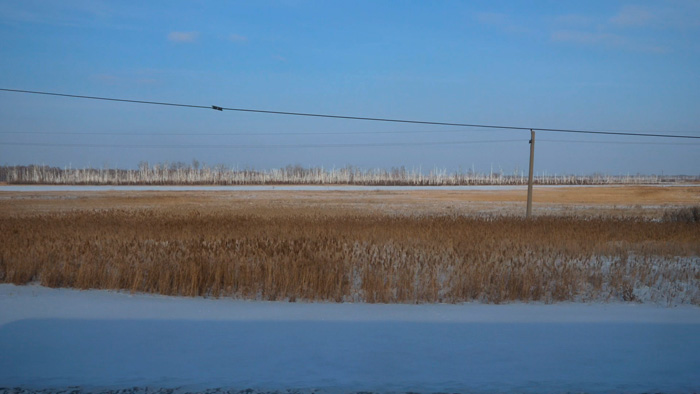
Last, but absolutely not least, the legendary Trans-Siberian Express. It could not be missing!
In the Hall 5 “Abroad the Free Space“, a great video-installation will share with us the feelings experienced travelling between Moscow and Vladivostok.
Behind the frosty window of a train carriage, the short-film “Seven Days in Seven Minutes“, directed by Daniil Zinchenko, will show us the 9,300 km journey on the Trans-Siberian Express.
In the movie, the director is travelling to meet his long-lost grandfather. This story will add a kind of human aspect on the Russian Railway’ history.
Because the railway was born to unite. To keep people and places closer. This is maybe the tacit message of the exhibition at the Russian Pavilion.
And even the railway was born 200 yeras ago, the message is still valid.
RUSSIAN PAVILION
16th International Architecture Exhibition
La Biennale di Venezia
26.05 – 25.11.2018
Biennale Gardens
Castello, 30122
30124 Venice
Italy
Text by Domenico Fallacara | the PhotoPhore
Discover: www.ruspavilion.com
